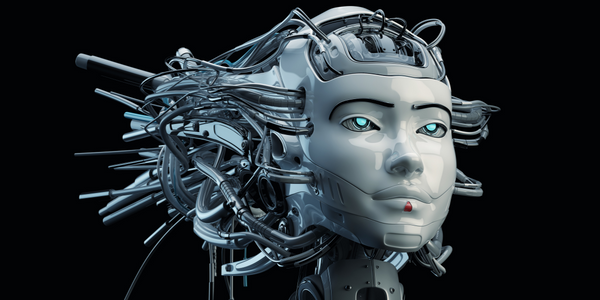RoboDK
Case Studies
ABB Robot Calibration
Overview
 |
ABB Robot CalibrationRoboDK |

|
Robots - Robot Application & Programming Software | |
Equipment & Machinery | |
Field Services | |
Autonomous Robots | |
Operational Impact
| [Efficiency Improvement - Quality Assurance] The ABB robot’s mean position error was improved from 3.443 mm to 0.765 mm, as validated in 315 arbitrary robot configurations. The robot position accuracy was also validated by milling a series of slots equally spaced and machined at different tool orientations. After calibration, machined distance errors between slots were reduced by half or better. | |


